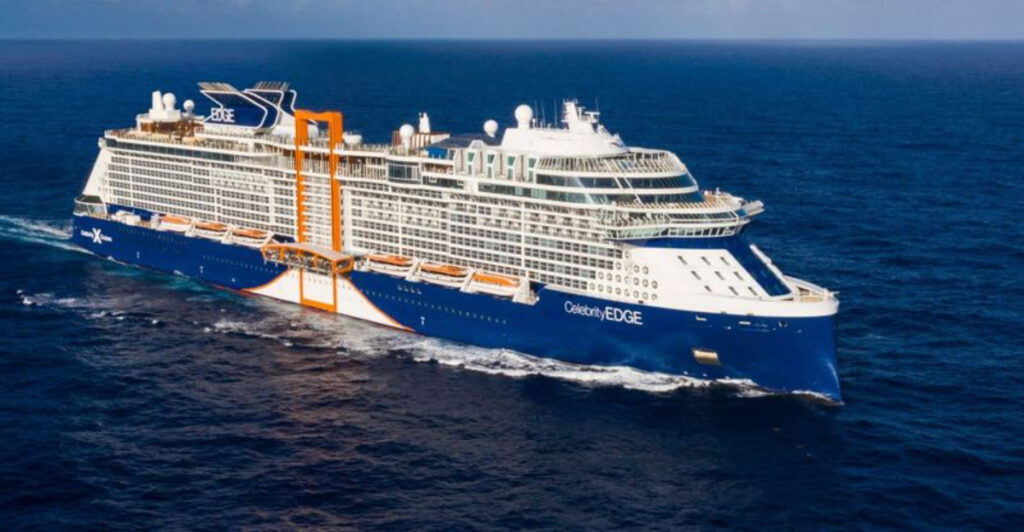Cruise ships navigate some of the world’s most challenging waters, where powerful waves and unpredictable storms test both vessel and passenger endurance.
From the infamous Drake Passage to the stormy Bay of Biscay, certain seas have earned reputations for their rough conditions.
Understanding these treacherous waters helps travelers prepare for their maritime adventures and choose routes that match their comfort levels.
1. Drake Passage

Connecting the Atlantic and Pacific oceans between Cape Horn and Antarctica, this notorious waterway holds the crown for roughest seas. Waves regularly reach 40 feet during storms, earning it the nickname “Drake Shake” among seasoned travelers.
Strong westerly winds funnel through this narrow passage with nothing to stop them. Ships often experience rolling motions that send even experienced sailors reaching for seasickness remedies.
Antarctic cruise passengers frequently share stories of white-knuckle crossings here. Despite modern stabilizers, the Drake Passage remains an unforgettable test of sea legs for anyone brave enough to venture toward the frozen continent.
2. Southern Ocean
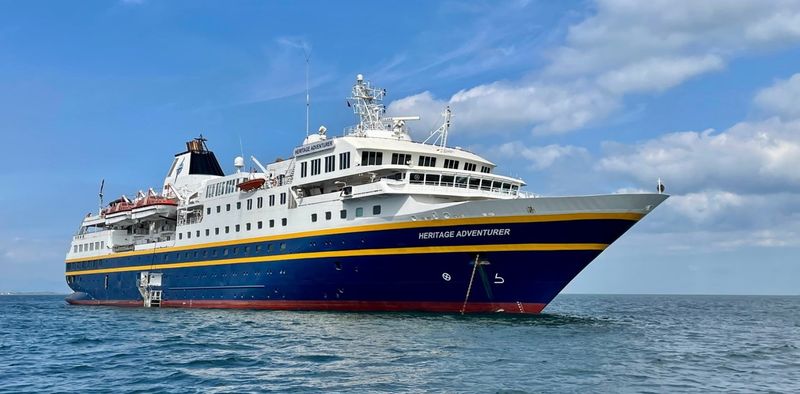
Surrounding Antarctica like a frozen moat, the Southern Ocean generates some of Earth’s most ferocious maritime conditions. Uninterrupted by landmasses, winds circle the globe here, creating massive swells that can humble any vessel.
The “Roaring Forties” and “Furious Fifties” latitude bands live up to their intimidating names. Cruise ships encounter waves that seem to stretch endlessly across the horizon, creating a roller coaster effect that challenges even the most advanced stabilization systems.
Experienced captains often describe navigating these waters as sailing through liquid mountains. Weather changes rapidly, transforming calm seas into churning chaos within hours.
3. Bay of Biscay
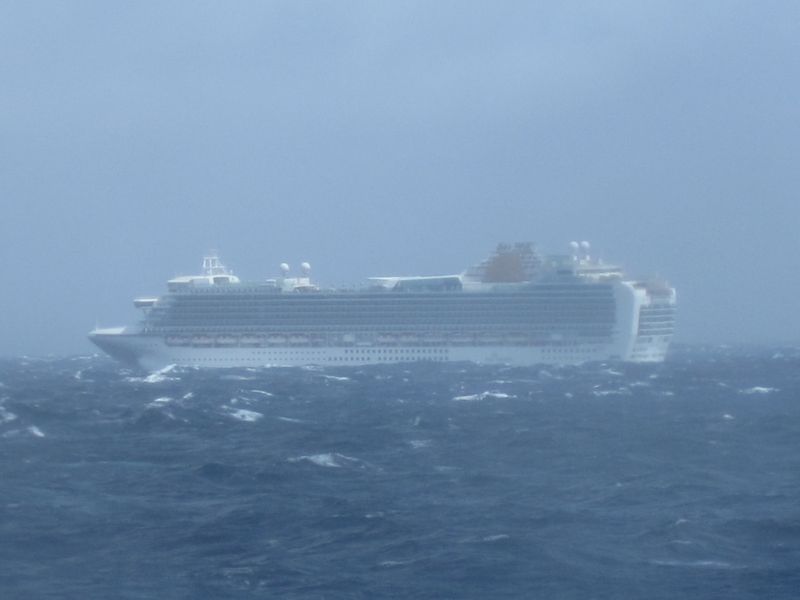
Off the coasts of France and Spain, this triangular body of water has terrorized sailors for centuries. Autumn and winter months transform the bay into a cauldron of unpredictable storms and towering waves.
Continental shelf effects create particularly nasty conditions when Atlantic swells meet shallow waters. Ships experience sudden, violent motions that catch passengers off guard, making dining room meals an adventure in physics.
Many Mediterranean cruises must brave these waters, leading to memorable stories of sliding furniture and spilled drinks. Smart travelers pack extra seasickness medication when crossing the Bay of Biscay during storm season.
4. North Atlantic Ocean
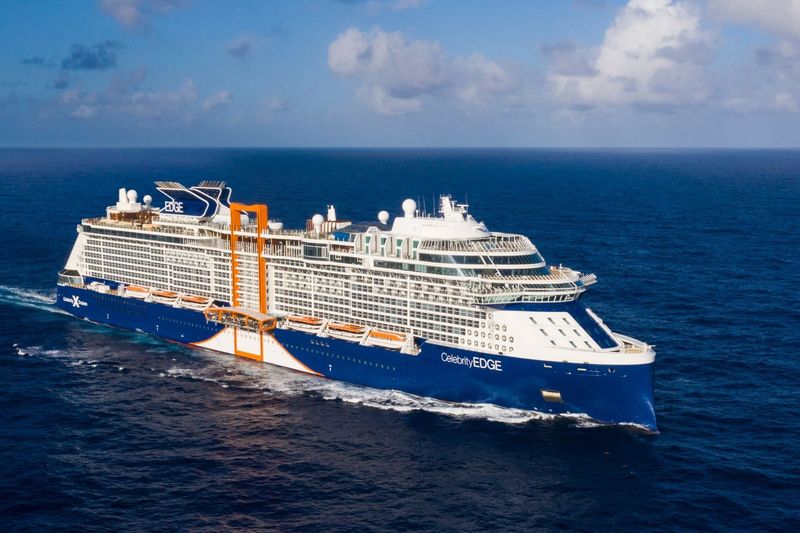
Made famous by the Titanic’s tragic voyage, the North Atlantic continues to challenge modern cruise ships with its unpredictable weather patterns. Cold Labrador Current meets warm Gulf Stream waters, creating perfect conditions for sudden storms.
Transatlantic crossings during winter months often feature days of continuous rolling and pitching. Passengers quickly learn to navigate hallways using handrails and develop sea legs or spend time in their cabins.
Despite technological advances, this historic shipping route demands respect from cruise lines. Weather routing has become essential for passenger comfort, though rough conditions remain unavoidable during certain seasons.
5. Bering Sea
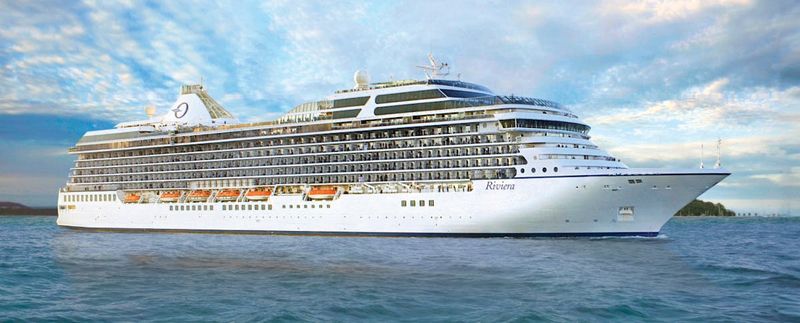
Between Alaska and Russia lies one of the world’s most unforgiving bodies of water, where Arctic conditions create perpetually challenging sailing. Commercial fishing vessels have made this sea famous for its dangerous reputation.
Cruise ships venturing into these waters encounter not just rough seas but also floating ice and sudden weather changes. Temperatures can drop dramatically while waves build to impressive heights in short periods.
Adventure cruises to remote Alaskan destinations often include Bering Sea crossings that test passenger resolve. The reward of reaching pristine wilderness areas makes the rough journey worthwhile for many intrepid travelers seeking unique experiences.
6. Gulf of Alaska

Alaska’s coastal waters serve up a cocktail of challenging conditions that make even large cruise ships feel small. Cold Arctic air masses collide with warmer Pacific currents, generating powerful storms with little warning.
Ports like Anchorage and Seward require navigation through these temperamental waters. Passengers often experience their first taste of serious seasickness while approaching Alaska’s stunning glacial landscapes.
Weather windows become crucial for cruise itineraries here, as conditions can deteriorate rapidly. Captains frequently adjust routes and timing to avoid the worst conditions, though some rough sailing remains inevitable during Alaska cruise season.
7. Tasman Sea
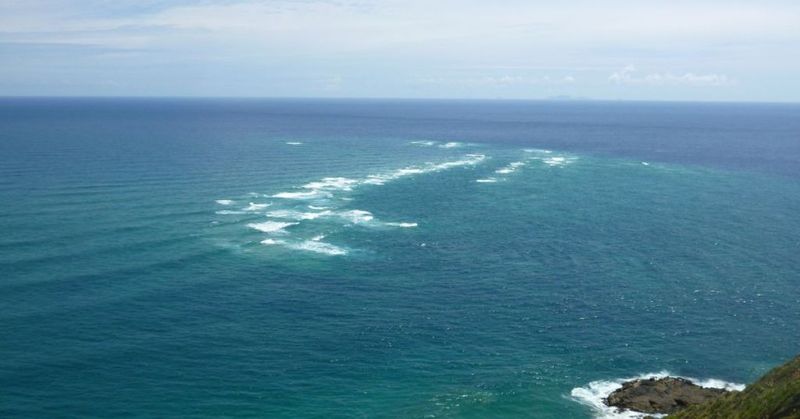
Stretching between Australia and New Zealand, the Tasman Sea earned its nickname “The Tasman” through centuries of unpredictable behavior. Weather systems develop quickly across this relatively small but notoriously rough body of water.
Trans-Tasman cruises often feature at least one day of significant rolling and pitching. Passengers learn to secure loose items in their cabins and appreciate the engineering marvel of modern ship stabilizers.
Local weather patterns create sudden changes from calm to chaotic conditions. Cruise lines build extra time into itineraries crossing the Tasman, knowing that rough seas might slow progress between these popular destinations.
8. Norwegian Sea
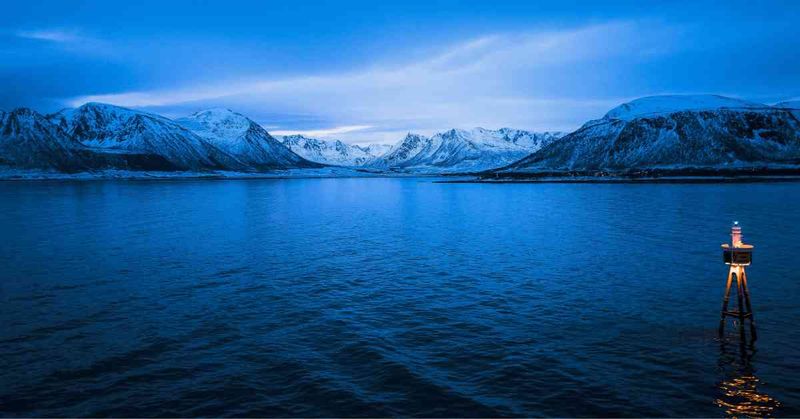
North of Scotland and west of Norway, these Arctic waters challenge cruise ships with a combination of strong currents and unpredictable weather. Fjord cruises often begin with memorable crossings through these testing conditions.
Winter storms here can be particularly fierce, though even summer months bring their share of rough weather. Ships heading to Norway’s spectacular fjords must first prove their seaworthiness in these open waters.
Passengers bound for Northern Lights cruises or Norwegian coastal adventures quickly discover that reaching paradise requires navigating through some challenging seas. The dramatic landscapes that await make the rough crossing worthwhile for most travelers.
9. Icelandic Waters
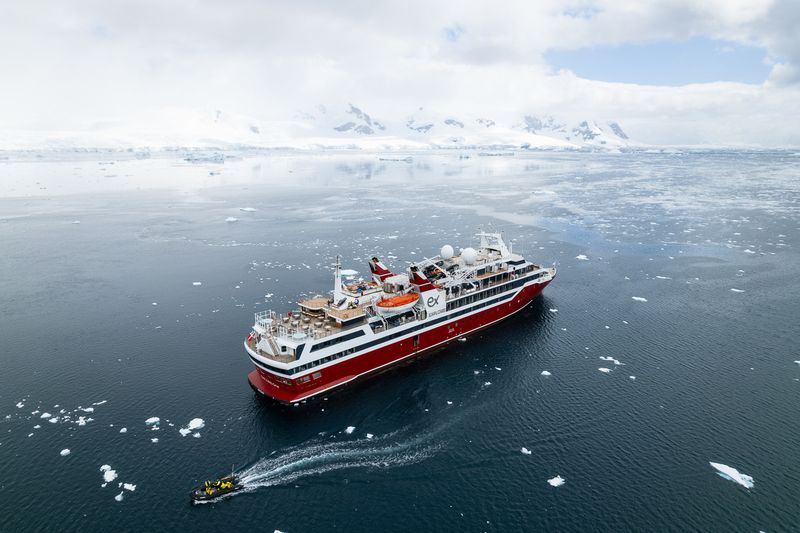
Surrounding the Land of Fire and Ice, these North Atlantic waters combine Arctic conditions with volcanic activity beneath the waves. Cruise ships encounter unique challenges from both weather and geological features.
Strong winds funnel between Iceland and Greenland, creating sustained rough conditions that test passenger endurance. Ships often experience continuous rolling motion for hours while approaching Reykjavik or other Icelandic ports.
Geothermal activity adds another dimension to sailing conditions here, though the spectacular scenery and unique destinations make the rough approach worthwhile. Passengers frequently rate Icelandic cruises among their most memorable despite the challenging seas.
10. Scotia Sea
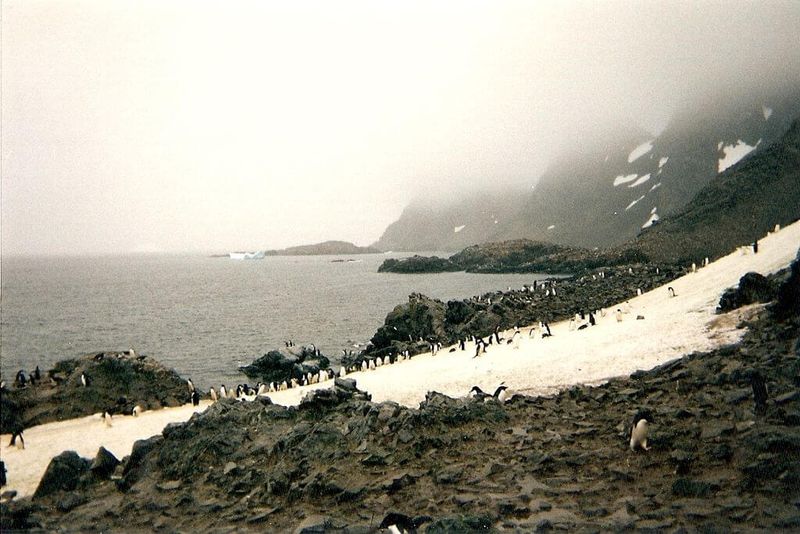
Between the southern tip of South America and Antarctica, the Scotia Sea serves as a gateway to the frozen continent. This relatively small sea packs a powerful punch with consistently rough conditions year-round.
Expedition cruises heading to South Georgia Island must cross these waters, where waves regularly exceed 20 feet. Passengers quickly learn why Antarctic cruise veterans recommend bringing seasickness remedies and securing cabin belongings.
Despite its challenging reputation, the Scotia Sea leads to some of Earth’s most pristine wilderness areas. Wildlife enthusiasts endure the rough crossing knowing that penguin colonies and pristine landscapes await at journey’s end.
11. Philippine Sea
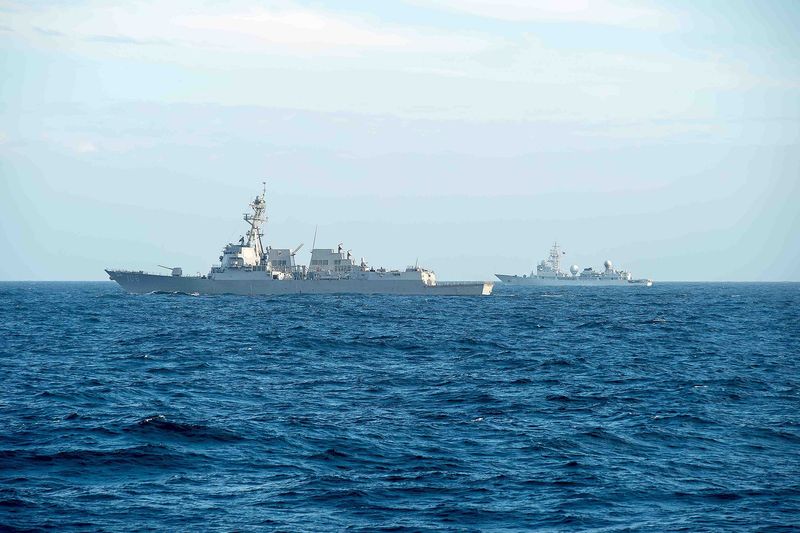
The world’s largest sea by area, the Philippine Sea generates massive weather systems that can overwhelm even large cruise vessels. Typhoon season brings particularly challenging conditions that test modern navigation technology.
Cruise ships crossing between Japan and the Philippines often encounter swells that seem to stretch beyond the horizon. Passengers experience prolonged periods of ship motion that make simple activities like walking or eating more challenging.
Weather routing becomes essential here, as storms can develop rapidly and intensify quickly. Cruise lines carefully monitor conditions and adjust itineraries to avoid the worst weather while still delivering memorable Pacific experiences.
12. Caribbean Sea (Hurricane Season)
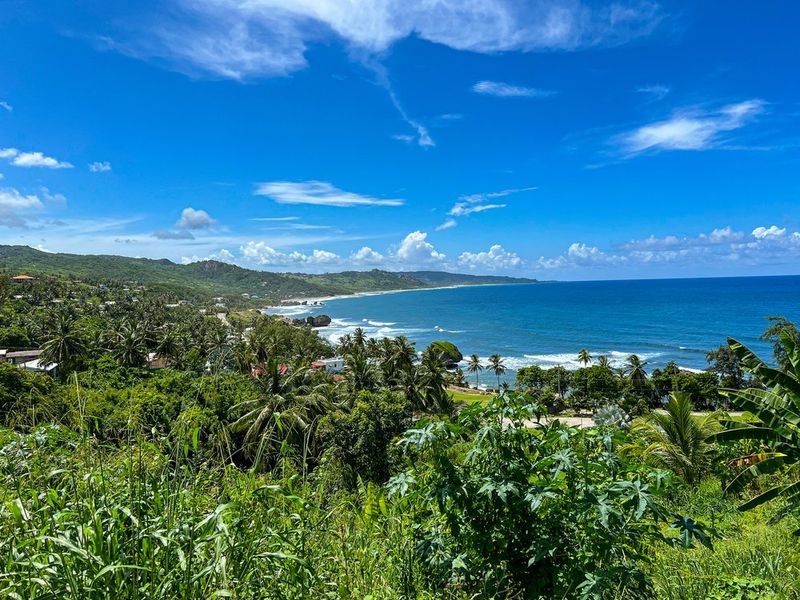
Normally associated with calm, tropical conditions, the Caribbean transforms into a challenging sailing environment during hurricane season from June through November. Even experienced Caribbean cruisers can be surprised by sudden rough conditions.
Tropical storms and hurricanes create massive swells that persist long after storms pass. Ships must navigate between weather systems while maintaining passenger comfort and safety in increasingly challenging conditions.
Modern weather forecasting helps cruise lines avoid the worst conditions, though some rough sailing becomes unavoidable during peak hurricane months. Passengers learn to appreciate captain announcements about weather routing and itinerary changes.
13. Arabian Sea (Monsoon Season)
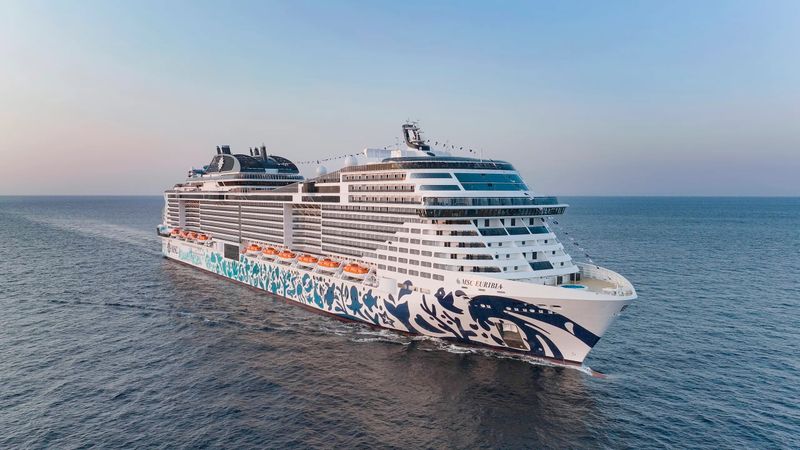
During monsoon season, the typically calm Arabian Sea becomes a churning mass of wind-driven waves that challenge cruise operations. Southwest monsoon winds create sustained rough conditions from June through September.
Ships crossing between India, Oman, and other regional destinations encounter significant swells and unpredictable weather patterns. Passengers often experience their first serious seasickness while approaching exotic Middle Eastern and Indian Ocean ports.
The dramatic contrast between monsoon and calm seasons makes timing crucial for Arabian Sea cruises. Travelers willing to brave rough conditions are rewarded with fewer crowds and unique cultural experiences at destination ports.
14. English Channel
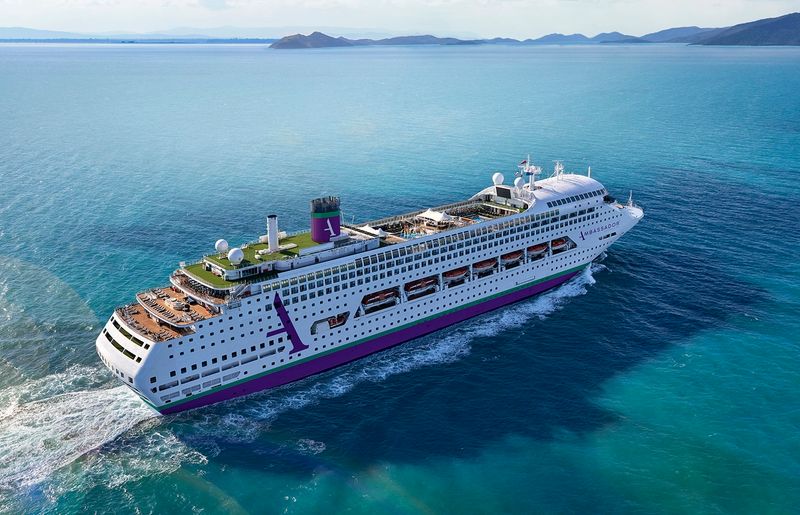
Despite its relatively small size, the English Channel can pack surprising punch when weather conditions align. Strong tidal currents combine with Atlantic storm systems to create unexpectedly rough conditions for cross-channel cruises.
Ships traveling between English and French ports often encounter choppy seas that make the short crossing memorable. Passengers frequently underestimate how rough this narrow waterway can become during winter storms.
The Channel’s shallow depth amplifies wave action, creating steep, uncomfortable seas that affect even large vessels. Many travelers discover that short crossings can be more challenging than longer ocean voyages in deeper waters.
15. Sea of Japan (East Sea)
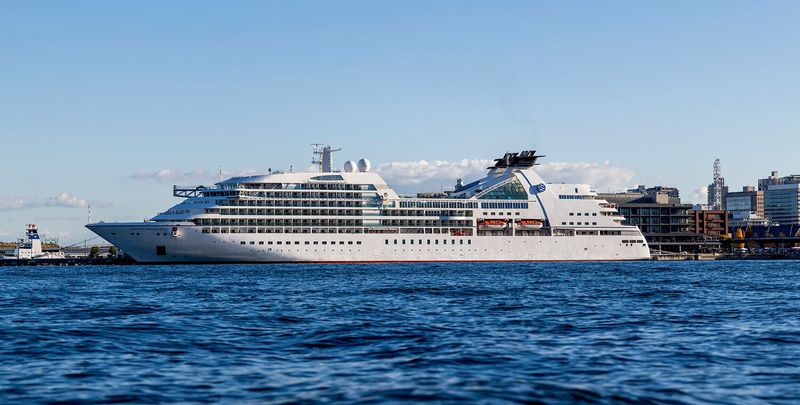
Enclosed by Japan, Korea, and Russia, the Sea of Japan can surprise cruise passengers with sudden weather changes and rough conditions. Winter months bring particularly challenging sailing as cold Siberian air masses create powerful storms.
Ships cruising between Japanese ports often encounter swells that build quickly in this relatively confined space. Passengers learn to appreciate the skill required to navigate these waters while maintaining comfort and schedules.
Despite being landlocked on three sides, this sea generates impressive wave action during storm systems. The reward of visiting unique Japanese coastal destinations makes the occasionally rough sailing worthwhile for cultural enthusiasts and adventure seekers.

